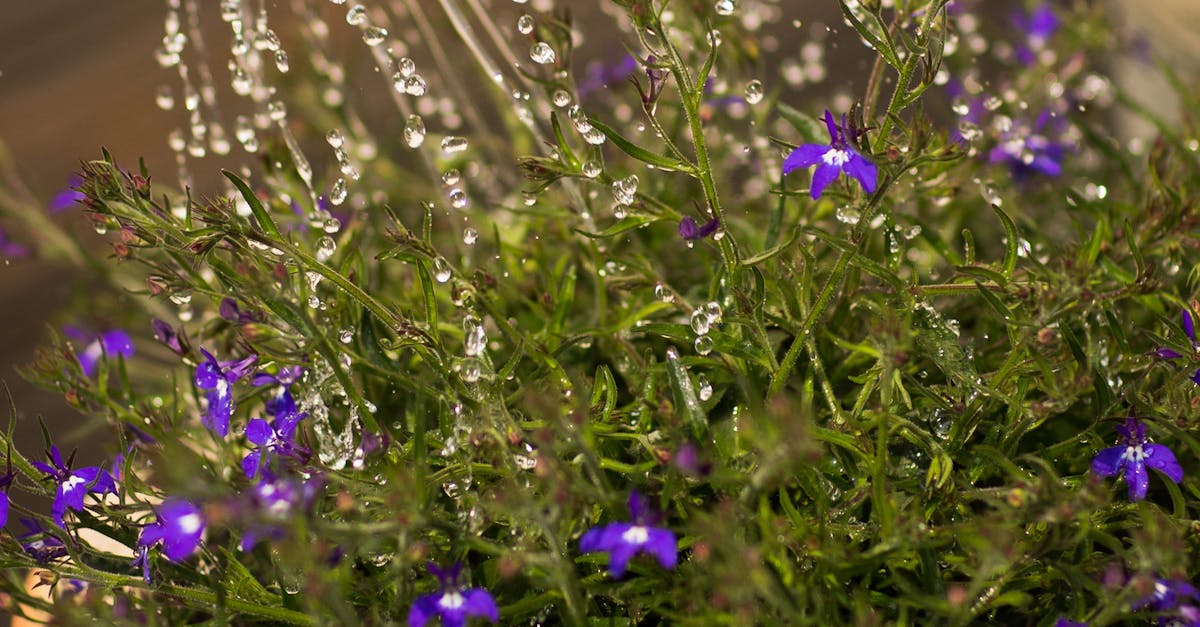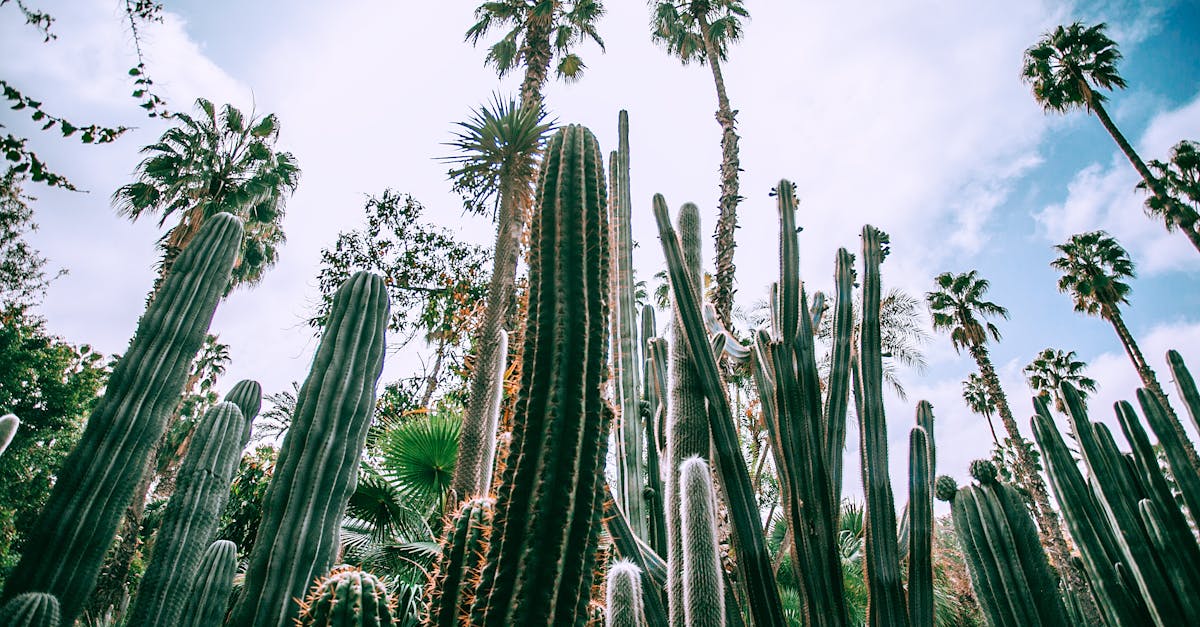The Ultimate Guide to Watering Air Plants

Air plants are a unique and beautiful addition to any home, but they can be tricky to care for. One of the most important factors in keeping your air plants healthy is watering them properly. In this article, we’ll go over everything you need to know about watering air plants, including how often to water them, how to water them, and what to look for in terms of signs of underwatering and overwatering.
Air plants are native to humid environments, so they don’t need to be watered as often as other plants. In general, you should water your air plants once a week or so. However, the frequency of watering will vary depending on the size of your plant, the humidity of your environment, and the temperature of your home. If you’re not sure how often to water your air plant, it’s always better to err on the side of caution and water it less often.
When you do water your air plant, make sure to soak it thoroughly. The best way to do this is to submerge the entire plant in a bowl of water for 10-15 minutes. Once the plant is soaked, shake off any excess water and let it dry upside down for a few hours. This will help to prevent the plant from rotting.
1. Understanding Air Plant Water Needs
Understanding Air Plant Water Needs
The amount of water your air plant needs will depend on a number of factors, including its size, the humidity of your environment, and the temperature of your home.
Size
Larger air plants will need more water than smaller air plants. This is because they have more leaves to support, and their roots are able to absorb more water.
Humidity
Air plants are native to humid environments, so they don’t need to be watered as often if you live in a humid climate. If you live in a dry climate, you’ll need to water your air plants more often.
Temperature
Air plants also need more water in warm weather than they do in cool weather. This is because the water evaporates more quickly in warm weather.
In general, you should water your air plants once a week or so. However, you may need to adjust the frequency of watering depending on the factors discussed above. If you’re not sure how often to water your air plant, it’s always better to err on the side of caution and water it less often.
2. Watering in Humid Climates

Watering in Humid Climates
If you live in a humid climate, you won’t need to water your air plants as often as someone who lives in a dry climate. However, it’s still important to water your air plants regularly, especially during the hot summer months.
Watering Frequency
In general, you should water your air plants once a week or so in a humid climate. However, you may need to water them more often if they are in a particularly dry spot, such as near a window or heat source.
Watering Technique
The best way to water air plants is to soak them in a bowl of water for 10-15 minutes. This will allow the plant to absorb as much water as it needs. After soaking, shake off any excess water and let the plant dry upside down for a few hours. This will help to prevent the plant from rotting.
You can also mist your air plants with water every few days. This will help to keep them hydrated, especially if they are in a dry spot.
3. Watering in Dry Climates
Watering in Dry Climates
If you live in a dry climate, you’ll need to water your air plants more often than someone who lives in a humid climate. This is because the air in dry climates is less humid, which means that air plants will lose water more quickly.
Watering Frequency
In general, you should water your air plants twice a week or so in a dry climate. However, you may need to water them more often if they are in a particularly dry spot, such as near a window or heat source.
Watering Technique
The best way to water air plants in a dry climate is to soak them in a bowl of water for 10-15 minutes. This will allow the plant to absorb as much water as it needs. After soaking, shake off any excess water and let the plant dry upside down for a few hours. This will help to prevent the plant from rotting.
You can also mist your air plants with water every few days. This will help to keep them hydrated, especially if they are in a dry spot. You can also use a humidity tray to increase the humidity around your air plants. To do this, fill a tray with water and place your air plants on top of a layer of pebbles. The water will evaporate and increase the humidity around the plants.
By following these tips, you can keep your air plants healthy and hydrated, even in a dry climate.
4. Signs of Underwatered Air Plants
Signs of Underwatered Air Plants
Air plants are very drought tolerant, but they can still suffer from underwatering. If your air plant is underwatered, it will start to show signs of dehydration. These signs include:
- Wrinkled leaves: The leaves of your air plant will start to wrinkle and curl if it is underwatered.
- Brown or yellow leaves: The leaves of your air plant may also turn brown or yellow if it is underwatered.
- Dry roots: The roots of your air plant will become dry and brittle if it is underwatered.
- Drooping: Your air plant may start to droop if it is underwatered.
If you notice any of these signs, it is important to water your air plant immediately. To water your air plant, soak it in a bowl of water for 10-15 minutes. After soaking, shake off any excess water and let the plant dry upside down for a few hours. This will help to prevent the plant from rotting.
You can also mist your air plants with water every few days. This will help to keep them hydrated, especially if they are in a dry spot.
5. Signs of Overwatered Air Plants
Signs of Overwatered Air Plants
Overwatering is one of the most common problems that air plant owners face. Air plants are very drought tolerant, so it’s easy to give them too much water. If your air plant is overwatered, it will start to show signs of distress. These signs include:
- Mushy leaves: The leaves of your air plant will become mushy and soft if it is overwatered.
- Brown or black leaves: The leaves of your air plant may also turn brown or black if it is overwatered.
- Drooping: Your air plant may start to droop if it is overwatered.
- Root rot: Overwatering can lead to root rot, which is a fatal condition for air plants.
If you notice any of these signs, it is important to stop watering your air plant immediately. You can also try to remove any excess water from the plant by gently shaking it upside down. If the roots of your air plant are烂的, you may need to repot it in fresh potting mix.
To avoid overwatering your air plant, it is important to water it only when it is dry to the touch. You can also use a moisture meter to check the moisture level of the potting mix before watering.
By following these tips, you can help to keep your air plants healthy and hydrated, and avoid the problems that can be caused by overwatering.
Quiz
-
True or False: Air plants need to be watered more frequently in humid climates than in dry climates.
-
What is a sign of an underwatered air plant?
(a) Wrinkled leaves (b) Mushy leaves (c) Brown or yellow leaves
- What can you do to increase the humidity around your air plants?
(a) Mist them with water (b) Use a humidity tray (c) Both (a) and (b)
- What is the best way to water an air plant?
(a) Soak it in a bowl of water for 10-15 minutes (b) Mist it with water every few days (c) Water it from the top until water runs out the bottom
- What is a sign of an overwatered air plant?
(a) Drooping (b) Mushy leaves (c) Brown or black leaves
Answer Key
- False
- (a) Wrinkled leaves
- (c) Both (a) and (b)
- (a) Soak it in a bowl of water for 10-15 minutes
- (b) Mushy leaves
